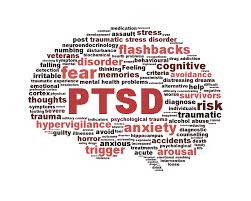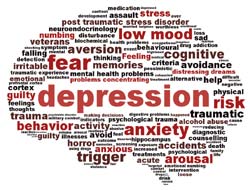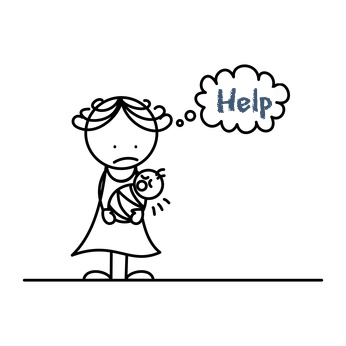This week I had a patient experience serious trauma- she had an emergent c-section on a 36 week old baby and then hemorrhaged a few hours later. I took care of her the next morning and the following three days and helped her deal with the traumatic situation the best I could, but it got me thinking about how often this happens and how many women must feel traumatized by it.

Once the woman has recovered medically from an emergency like a hemorrhage or an emergent c-section, healthcare workers tend to continue business as usual. When women don’t talk about what they go through, feelings of fear and pain can manifest and come out it ways like postpartum depression and, in severe cases, post traumatic stress disorder (PTSD).
Also important to remember- if you feel any symptoms of depression or PTSD (listed below) GET HELP and TALK to someone. Remember you are not alone!
Depression:
- Sadness
- Disinterest in baby
- Suicidal thoughts
- Thoughts of harming baby
- Thoughts of uselessness
- Lack of energy
- Insomnia
PTSD:
- Nightmares
- Flash backs
- Depression symptoms
- Inability to control emotions (especially anger)
- Insomnia
- Hallucinations


A new way that healthcare workers can help decrease the incidences of these devastating mental health effects is something called debriefing.
- Debriefing involves you and your healthcare providers involved in the emergency talking through everything that had happened. As a healthcare worker myself, I know we are not the best at explaining what is going on, especially in an emergency situation.
- The best thing you can do during these situations is to ask questions!! And ask more when the situation has been resolved. Knowing what was happening has a surprising effect with your brain and preventing PTSD and depression.
These are both SERIOUS problems and you can get ahead of it while in the hospital! Ask questions, tell your doctors and nurses that you are concerned or scared so they can help you through it.







